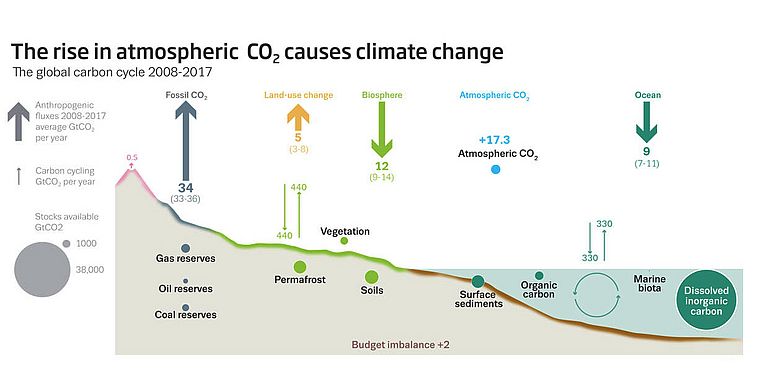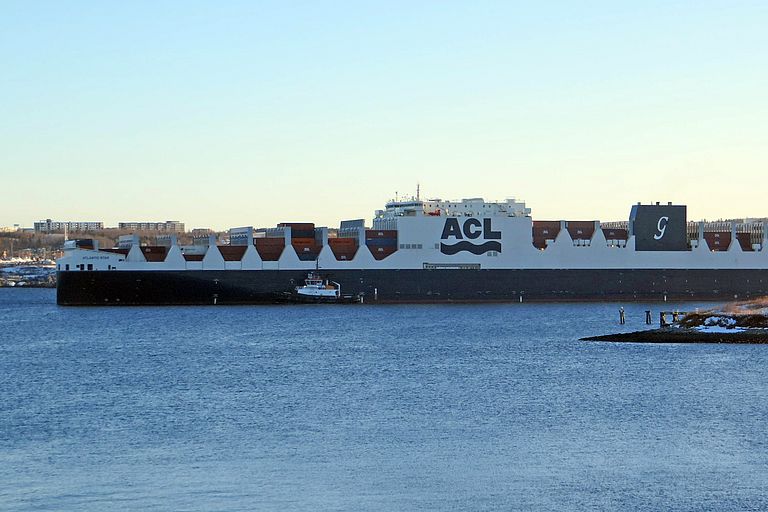Global carbon dioxide emissions continue to rise in 2018
GEOMAR contributes long-term measurement to the "Global Carbon Budget 2018" report
06 December 2018/Katowice, Kiel. In the Paris Climate Agreement, the international community agreed to limit global warming by 2100 to well below two degrees. To achieve this goal a rapid reduction in greenhouse gas emissions is needed. However, the trend in emissions is increasing. This week the Global Carbon Project (GCP) published the Global Carbon Budget 2018 at the 24th UN Climate Summit in Katowice (Poland). The report shows that global carbon dioxide (CO2) emissions will reach an all-time high in 2018. The report predicts an increase of more than two percent by the end of the year compared to 2017, which was a record year itself. From early January to the end of December 2018, 37.1 billion tons of CO2 are expected to be released into the atmosphere from the combustion of fossil fuels. The report names increased coal consumption and sustained growth in oil and gas consumption as the causes. The data for 2018 were published simultaneously in the journals Nature, Earth System Science Data and Environmental Research Letters.
The Global Carbon Budget, which is published annually, also includes data collected by the GEOMAR Helmholtz Centre for Ocean Research Kiel as part of a long-term measurement program. Part of the CO2 emissions is absorbed by the ocean and thus removed from the atmosphere. GEOMAR has been studying this carbon dioxide uptake of the ocean for many years with, for example, automated measuring systems on merchant ships. “Since 2005, we have installed such a system on a container ship belonging to Atlantic Container Lines (ACL),” explains marine chemist Dr. Tobias Steinhoff from GEOMAR. However, the ship, the Atlantic Cartier, was decommissioned in 2017. “Since then we have been present on the successor, the Atlantic Sail, with our sensors”, reports Dr. Steinhoff. Like its predecessor, the ship operates between Europe and North America and crosses the North Atlantic about every two and a half weeks.
One of the aims of the measurements is to determine the gas exchange between the ocean and the atmosphere. “The North Atlantic is an important region for this because it absorbs large amounts of atmospheric CO2,” Steinhoff continues. “It is known that this CO2 uptake is subject to large seasonal and interannual fluctuations, which makes continuous observation so important.”
The measurement procedures from a merchant ship are complex and require a high level of maintenance. “But this is the only way we can get regular measurements along fixed routes and with high accuracy,” stresses the GEOMAR scientist. There are similar measurement campaigns on merchant ships in various regions around the world. All data contribute to the Global Carbon Budget and the European Integrated Carbon Observation System (ICOS).




